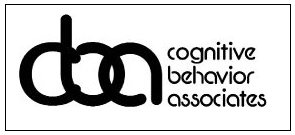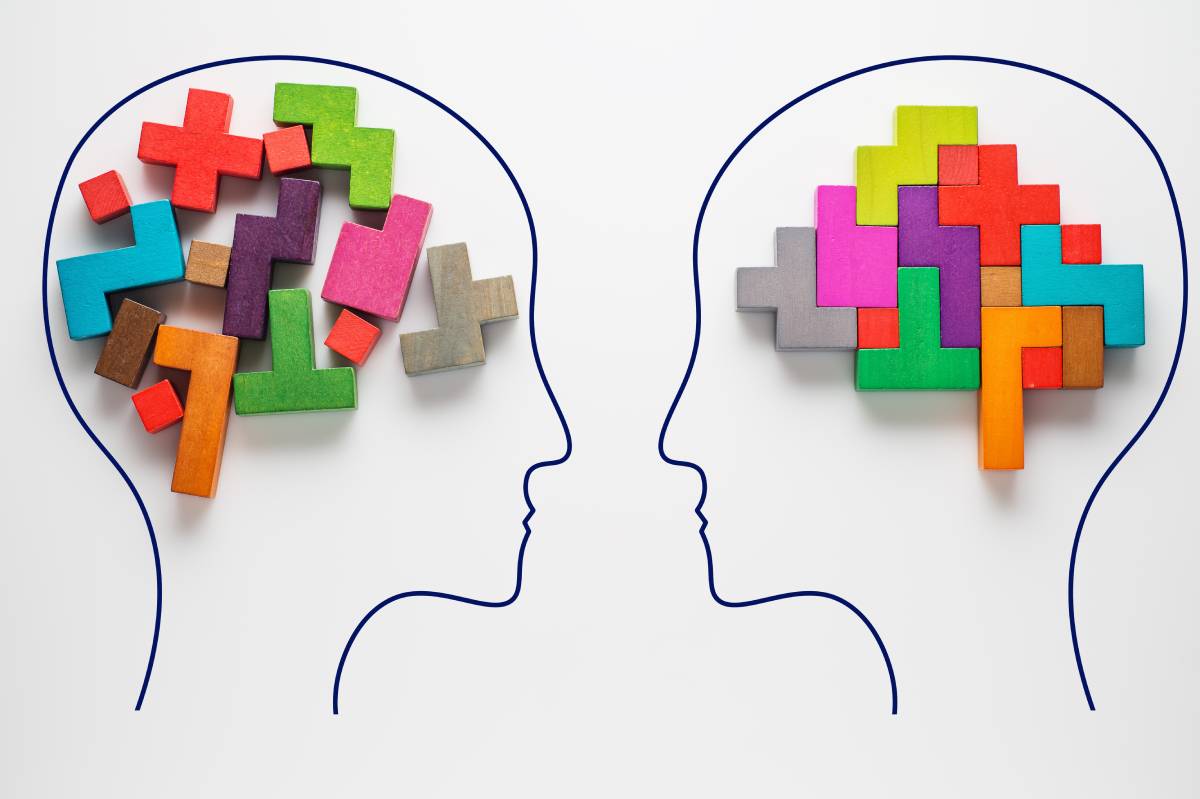Introduction
New research has found that cognitive behavioral therapy can alter the physical configuration of neurons in the brain. Through a recent study, researchers learned that cognitive behavioral treatment, specifically problem-solving therapy, creates observable changes to the cognitive control circuits in the brains of some patients with depression. The results of the study indicate that the chosen treatment for an individual’s depression can and should be influenced by the specific neurological factors of their condition. Rather than treat remedies for depression as a one-size-fits-all solution, care providers can cater treatment to the individual to provide faster, more effective results.
Goals of the Study
The study, co-senior authored by Leanne M. Williams—of the Department of Psychiatry and Behavioral Sciences at Stanford University and the Sierra-Pacific Mental Illness Research, Education, and Clinical Center in Palo Alto—and Jun Ma—of the Department of Medicine at the University of Illinois Chicago— was published on September 4, 2024. It attempted to study the neurological patterns of patients with depression and obesity, both indications of cognitive control dysfunction, to see if cognitive behavioral therapy, specifically problem-solving therapy, would be an effective tool for treating patients with cognitive control disorders.
The basis for testing the effectiveness of problem-solving therapy to alter the brain’s cognitive control circuits is that problem-solving therapy specifically targets a patient’s ability to cope with problems that come up in life by brainstorming potential solutions and choosing the best one. The brain’s cognitive control circuit controls such decisions.
The study built on previous work conducted by Williams’s lab. Her team had identified six distinct biotypes of depression based on brain activity and concluded that approximately 25% of patients with depression had either overactive or underactive cognitive control circuits. With the knowledge that depression can manifest in the brain in various, unique ways, the authors of the study hypothesized that treatments for depression would also be varied and unique.
Why Was the Study Necessary?
Studies like this one that determine the effectiveness of specific treatments for depression are necessary because of the often unsuccessful treatments that depressed patients receive. For instance, patients with depression and obesity—the group involved in the study—only have a 17% success rate when being treated with antidepressants. Depressed patients who fall into this category and others need a more fruitful way of having their symptoms treated.
How Was the Study Conducted?
The study involved 108 participants, split into a test group and a control group. A test group of 59 patients engaged in a year-long problem-solving therapy program in addition to their usual care. The remaining 49 patients received only their usual care, forming the control group. Periodically throughout the study—at the beginning of the study, 2 months into the study, 6 months into the study, 12 months into the study, and 24 months into the study—the subjects were given fMRI scans and asked to complete a test known to engage the cognitive control circuit. This allowed researchers to track the activity in the cognitive control circuit.
Results of the Study
The study found that 32% of patients showed a decrease in depression symptoms as a result of adding problem-solving therapy to their care. Compared to the 17% success rate of antidepressants for treating these patients, problem-solving therapy was almost twice as effective.
Implications
The results of the study indicate that there may soon be a change in the way we understand and treat depression and other mental health disorders. The research clearly supports the practice of basing a patient’s treatments for depression on their specific neurological patterns. If healthcare providers engage in such practices, people will get more effective treatment for their mental health disorders.
Though testing a patient’s brain to understand its circuitry may seem like a significant step, Williams explains that most other ailments are already treated this way—by determining the exact cause of an issue and treating that issue specifically. She says, “If you had chest pain, your physician would suggest some tests—an electrocardiogram, a heart scan, maybe a blood test—to work out the cause and which treatments to consider… Yet, in depression, we have no tests being used. You have this broad sense of emotional pain, but it’s a trial-and-error process to choose a treatment because we have no tests for what is going on in the brain.”
What Williams hopes will replace this trial-and-error treatment for mental disorders is precision psychiatry: using a patient’s unique neurobiological composition and brain activity to determine which treatment will be most effective so they can have a faster recovery. If the practice becomes more widely accepted and implemented, those with depression and other mental health disorders can have more hope of being treated effectively so they can get back to enjoying life.
Summary
If we continue treating mental health complications as amorphous, undefinable problems, those who face them will not find relief from their symptoms. Instead, we need to treat mental health disorders the way we treat physical health complications—as perceptible, specific ailments with specific solutions to counter them.

